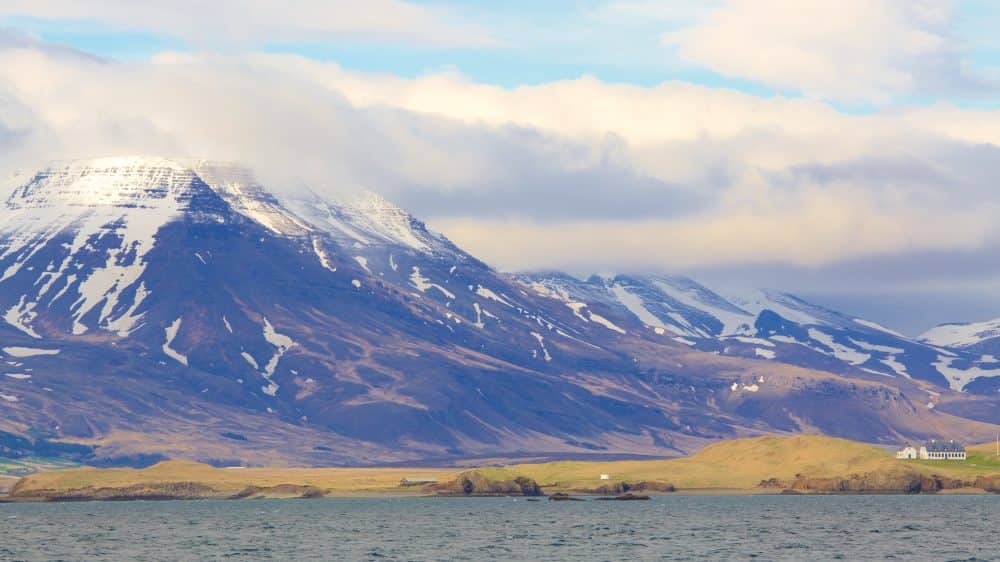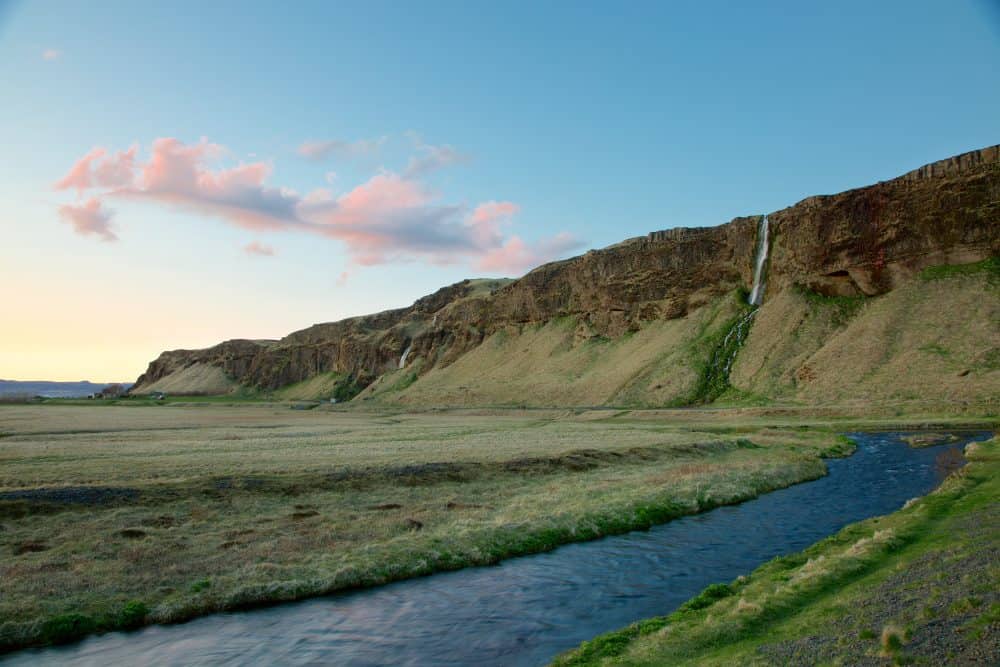What to Know for Seeing the Northern Lights in Iceland
Iceland is filled with spectacular natural wonders, from glacial peaks to winter waterfalls. One of its best features, however, is its Northern Lights displays. This breathtaking natural phenomenon is a bucket-list experience, so if you’re planning a trip, take a look at these travel tips for traveling in Iceland and some advice for your visit.

Understanding the Northern Lights
The Northern Lights, also known as the aurora borealis, is a natural light display that takes place in high-latitude regions near the Arctic. They’re caused by the solar wind disturbing the earth’s magnetosphere, which can disrupt charged particles and cause ionization. When this occurs, you’ll see dancing lights in shades of green, blue, orange, pink, purple, or red, depending on the elements. Because a series of events need to occur, the Northern Lights are not a regular or guaranteed event, though they’re more likely in certain areas.
Why choose Iceland?
Northern Lights only appear at the North Pole, which is above the 60° latitude mark in the north. Iceland is around 64° north, making it the ideal destination for Northern Lights displays. If there’s sunlight or moonlight, the aurora is dim. You can determine if there’s enough solar activity and low cloud cover for optimal conditions by checking the aurora forecast and cloud cover forecast. On a scale of 0-6, measurements above a 2 offer a good chance of seeing the Northern Lights.
When to go
Iceland’s Northern Lights season runs from late August to mid-April, but the ideal times to see the lights are during the equinoxes in September and March. The Northern Lights season coincides with the times of most darkness, which are primarily in the fall and winter. Cloud cover and solar activity are important as well. Statistically, the ideal periods for dramatic Northern Lights displays occur at the end of September and the end of March, though it’s possible to see them during other times.
Best places to see the Northern Lights
Because darkness is so important when it comes to spotting the aurora borealis, the best destinations in Iceland are those that experience longer night hours. For example, Reykjavik has 20 hours of darkness during the winter equinox, while northernmost regions like the Westfjords experience close to 22 hours of darkness. Iceland also has clearer skies on average in the northeast areas. On a warmer night, you could even try camping out or booking a cabin in rural areas to eliminate light pollution and increase your chances of spotting the lights.
How to see the Northern Lights
With such a rare occurrence, it’s important to know before you go and anticipate the opportunities you have to catch the Northern Lights. You’ll have several ways of seeing the lights, such as staying in town and waiting for them to occur or driving out into rural areas to see them. If you want a better chance, you’ll wish you knew about guided tour options and boat cruises with experienced guides that can help you identify ideal spots and conditions. Though still not a guarantee, a local guide with experience gives you the best opportunity.

Plan a longer trip
What to know about this phenomenon is that, despite Northern Lights occurring in northern areas, the temperature has no impact on the phenomenon. Even with ideal conditions, it’s possible that you won’t see the aurora. That said, the longer you spend waiting for them in Iceland, the better your chances of seeing them. If you’re going to plan a trip for a few days, you may miss the ideal cloud cover or solar conditions, so it’s best to plan an extended trip.
What to pack
These travel tips cover many of the ways to increase your chances of seeing the Northern Lights, but what about during the experience? It can get cold in northern Iceland, so it’s important to pack the right clothing to ensure you’re comfortable and can spend as much time as possible marveling at the lights. Be sure to bring plenty of warm layers and warm, waterproof outerwear like hats, gloves, and boots, especially if you’ll be hiking. You should also pack a good camera and extra batteries and memory cards, as well as a tripod for the best possible footage.
How to photograph the Northern Lights
If you’re lucky enough to catch the Northern Lights, you’ll want to remember the experience. You don’t want to leave this event to your mobile device camera, so plan ahead and get a good camera that’s capable of high resolution and speed shots at night. If you choose to bring a tripod, you can set up your camera with a cable release or self-timer with a few seconds’ delay. The settings for your camera will vary, so you should take a few practice shots. Generally, an ISO setting of 800-3200 and a shutter speed between 15 seconds and 30 seconds is effective.
Get out into nature
Whether you see the lights or not, Iceland’s majestic landscape is well worth the trip. Fortunately, some of the best places to see the Northern Lights are near beaches and waterfalls that face north, so you could spend some time hiking in nature and taking in the splendor. Hopefully, you’ll catch the lights, but even if you don’t, there are plenty of gorgeous things to photograph and remember. If you choose to take a boat tour, you may be treated to spotting whales and dolphins in the area.
Consider a 4-wheel-drive tour
If you’re comfortable driving in snowy and icy conditions on rural roads, there are plenty of benefits to a 4-wheel-drive tour. You can rent a 4-wheel-drive vehicle and venture out into the rural areas that are known for Northern Lights spottings. Though this option takes a little searching, you’ll have the benefit of no crowds, no time limitations and the freedom to search where you want. Before you consider this option, however, check the weather forecast and road conditions to be sure you can access the spots you want.

Ready to plan your trip?
Iceland is filled with wonderful experiences and adventures, especially during the Northern Lights season. Before visiting the Northern Lights in Iceland, take a look at Iceland vacations and more ways to catch the Northern Lights to find essential information to help you make the most of your experience!
More Articles With Destinations
Finding wheelchair-accessible things to do in London can often be a tricky task that require extra research and planning but a new app will help you find all the best accessible attractions and restaurants.
Join a Disney podcaster and mega fan for some insider tips.
He's analyzed this year's forecast, researched the historical likelihood of Christmas Day snow, and stirred in a bit of weatherman’s intuition to come up with his holiday list.
UAE's capital is an ultra-modern city where big desert, epic adventure, and next-level luxury come together to offer the perfect getaway.